|
There were so many beautiful days in October and November is starting off the same way. This year we are having a longer than usual growing season. The average date for the first frost in my part of coastal Connecticut is between October 11th and October 20th. It's now the second week of November and we've had a couple of very light frosty mornings but no hard frost that makes the tender annuals and perennials say their last goodbye. Look at all the color I was still enjoying during the last week of October. One of the first plants to go when just the slightest frost hits is the sensitive fern and that's exactly why it's named as it is. The green turns to a pale golden yellow with an edging of brown. I like how the fading plant resembles the print I got when using one to make an eco-print. I've been saving leaf skeletons for years and have a large collection I keep organized in clear sleeves in a notebook. For the past 5 weeks, I've enjoyed looking over that collection and choosing ones to feature in my Monday morning sketchbook collages. Take a look at the video below for a start to finish view of one being created. Follow along on Instagram to see all my Monday morning sketchbook collages.
“If a year was tucked inside of a clock, then autumn would be the magic hour." ~Victoria Erickson
0 Comments
|
AuthorHi, I'm Kathy an artist working in the mediums of collage and eco-printing. I'm also a rust enthusiast who loves to teach. I enjoy sharing my processes and guiding you along on your creative journey. Archives
December 2023
Categories
All
|
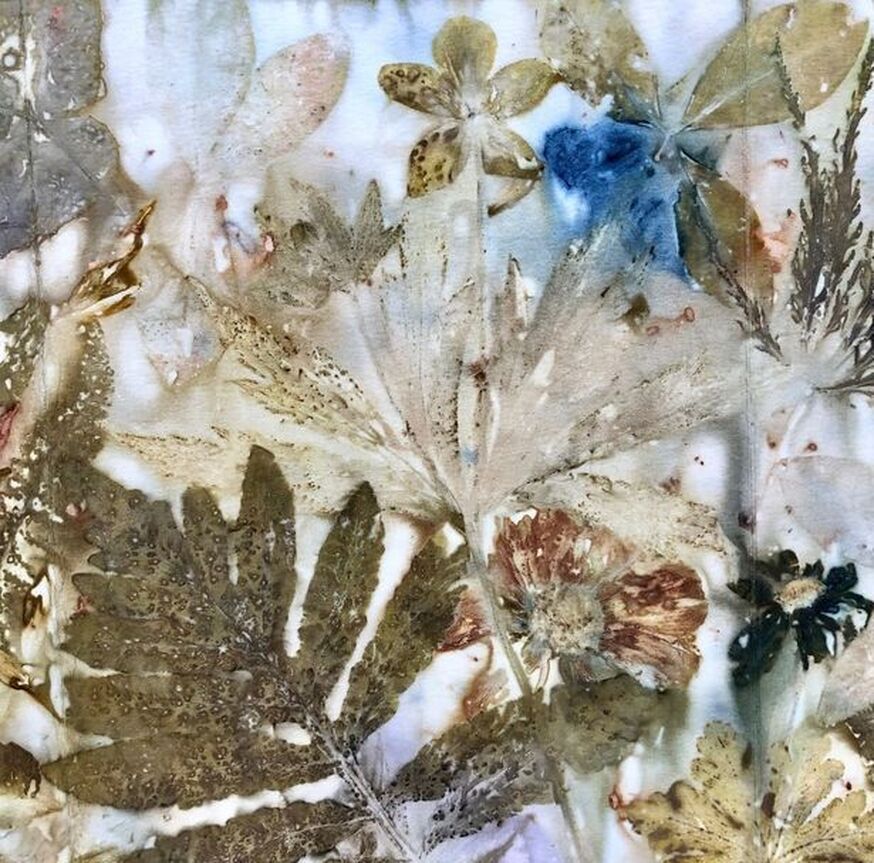
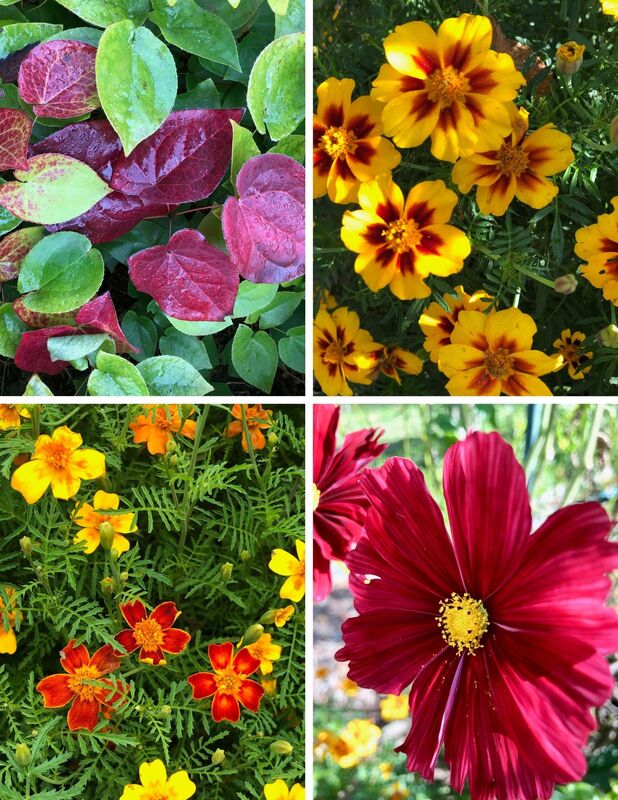
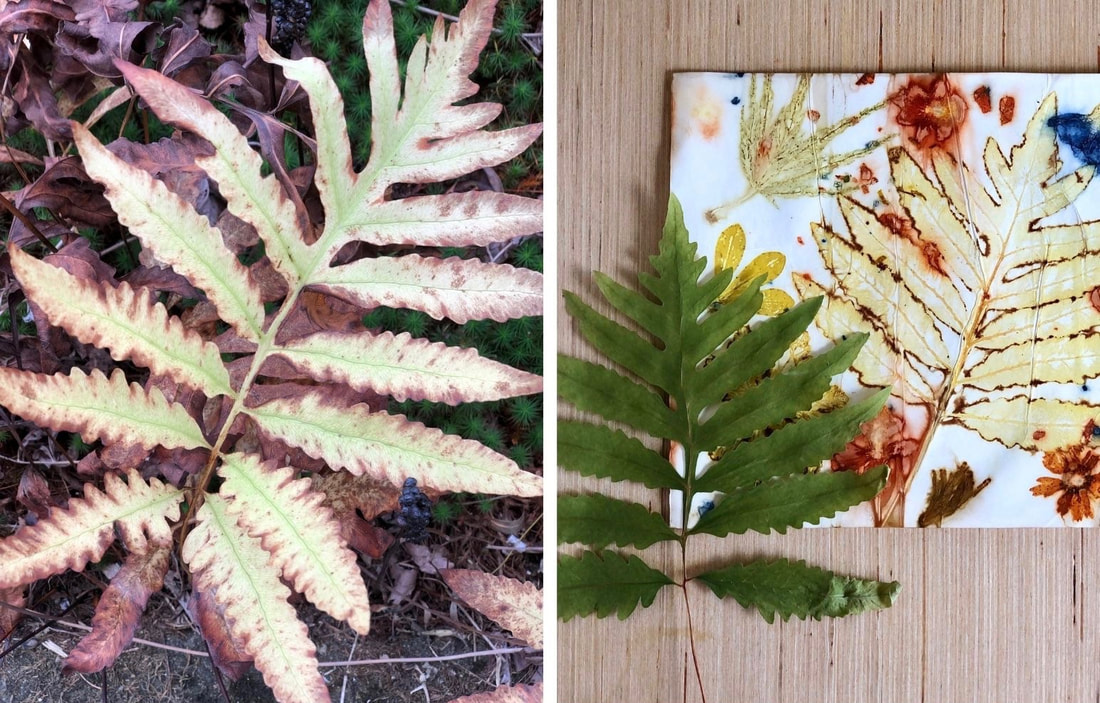


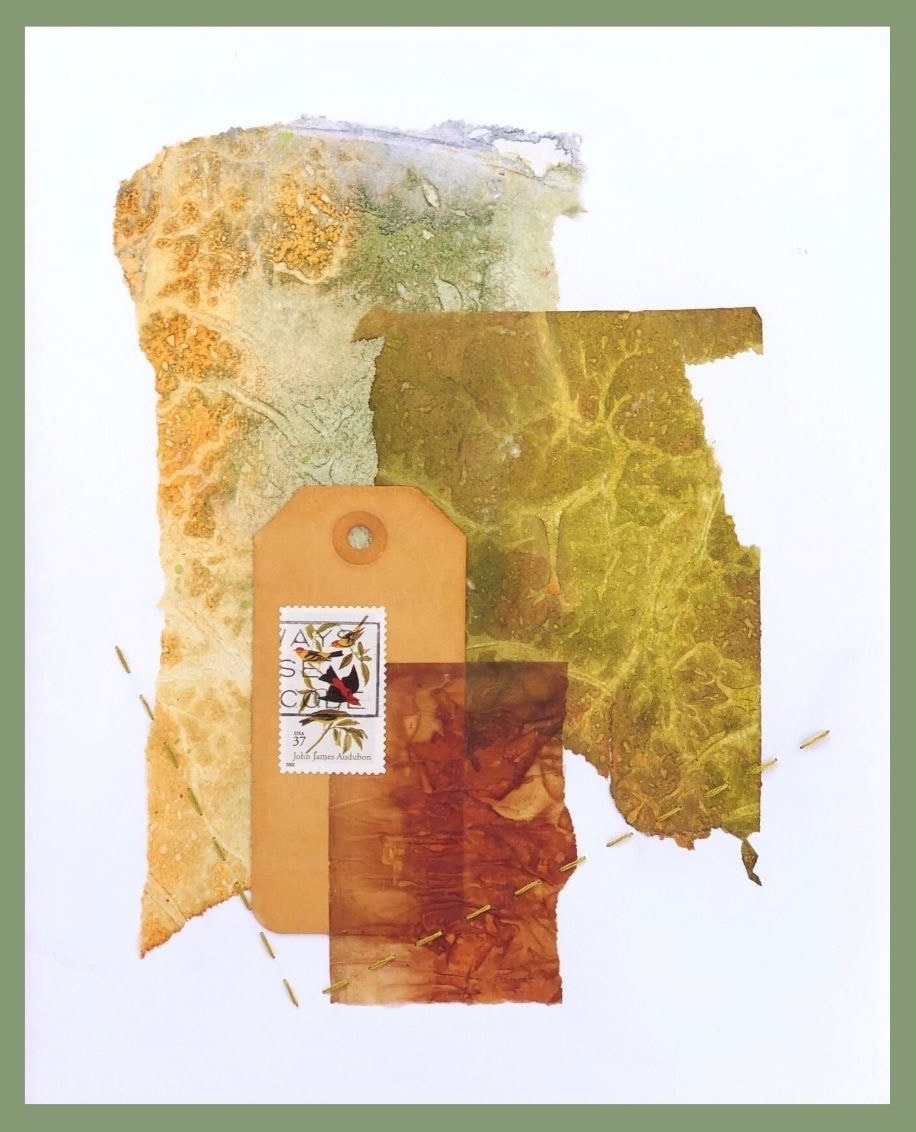
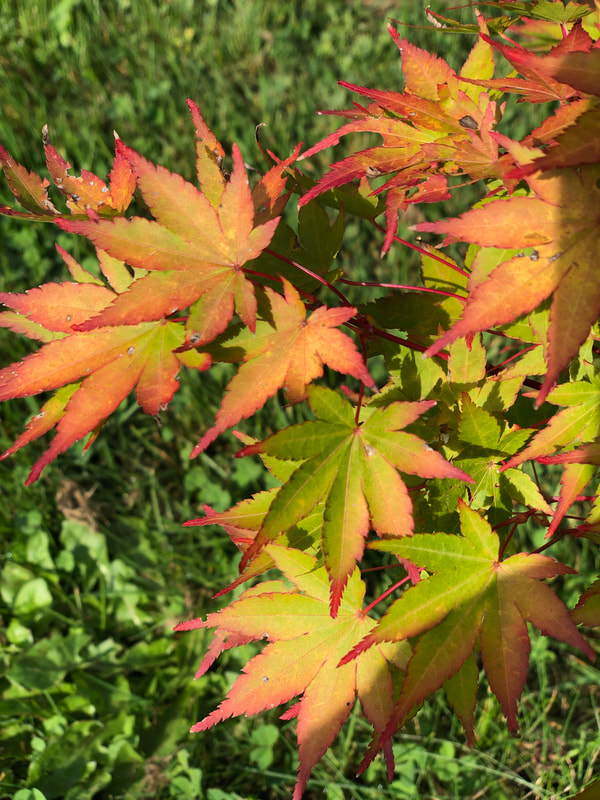
 RSS Feed
RSS Feed